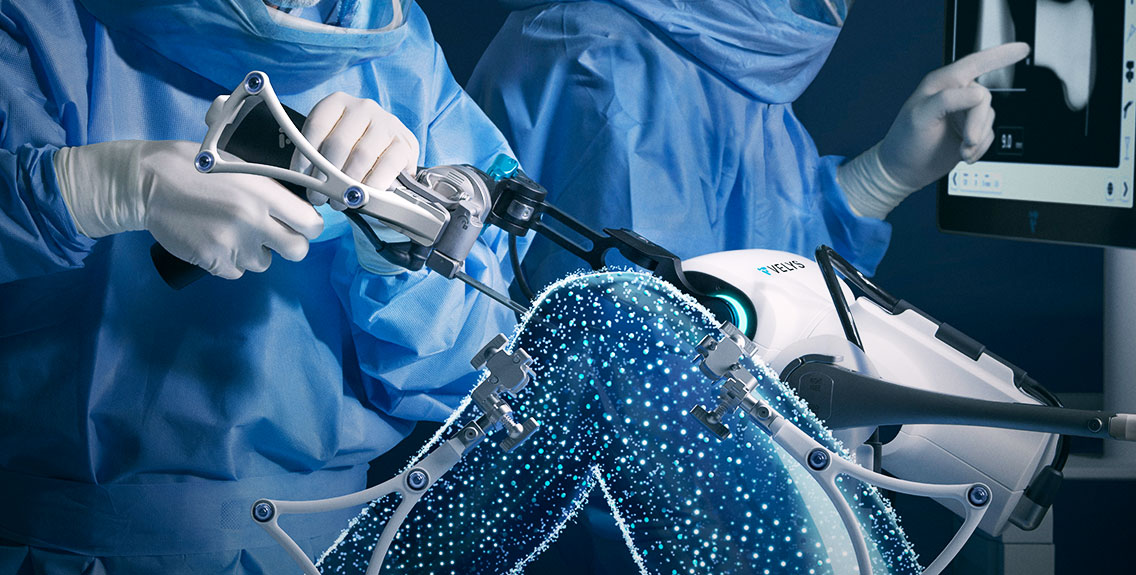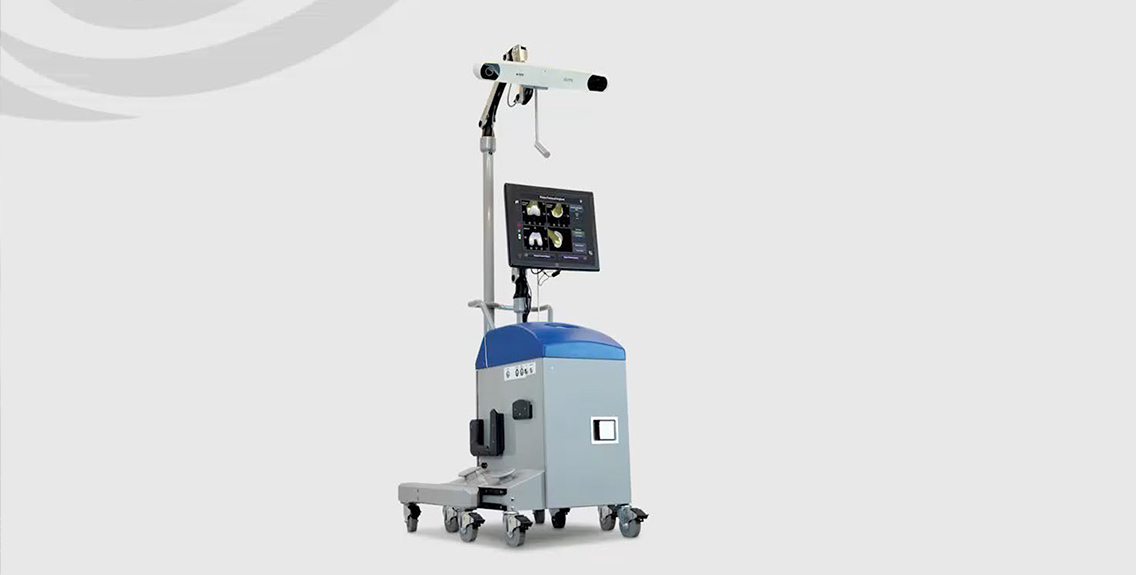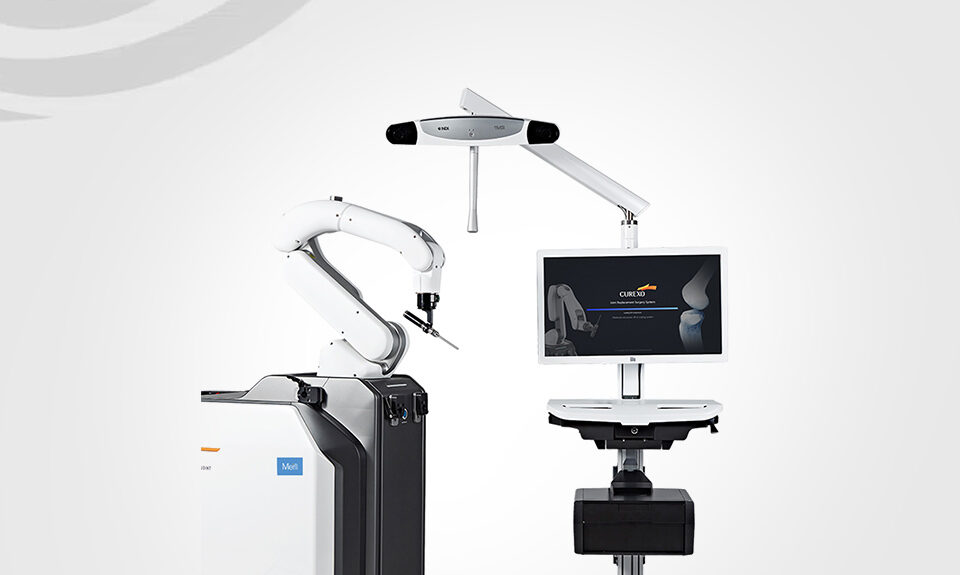- Have any questions?
- +91 98260 80689
- [email protected]
Velys Robotic vs Navio Robotic System in Indore
ACL Reconstruction Surgery, Procedure and Recovery : Dr. Vinay Tantuway
January 22, 2022
Velys Robotic vs Cuvis Robotic System
May 1, 2023Velys Robotic System
The Third generation Velys Robotic System is a robotic-assisted total knee replacement (TKR) system that uses a saw-based model. The saw-based model is a safe and effective technique for TKR, and the Velys Robotic System has been shown to improve patient outcomes.

VELYS Robotic-assisted technology for conducting knee replacement procedures.
The Velys Robotic System uses a combination of advanced technologies, including a robotic arm, a 3D camera, and software, to create a personalized plan for each patient. The surgeon then uses the robotic arm to follow the plan during surgery, ensuring that the implants are placed in the correct position.
The Velys Robotic System has been shown to improve patient outcomes, including pain relief, range of motion, and function. It can also help to reduce the risk of complications, such as infection and blood clots.
The Velys Robotic System is a safe and effective option for patients who are considering TKR. The system has been shown to improve patient outcomes and reduce the risk of complications. If you are considering TKR, talk to your doctor about whether the Velys Robotic System is right for you.
The Velys Robotic System has a large database of saw-based knee replacement cases. This database is used to train the robotic arm and to improve the accuracy and precision of the system. The database also helps surgeons to learn how to use the system and to improve their outcomes.
The Velys Robotic System is a valuable tool for surgeons who perform TKR. The system helps to improve patient outcomes and reduce the risk of complications. The system is also a valuable educational tool for surgeons who are learning how to perform TKR.
Navio Robotic System
The Navio Robotic System is a first-generation robotic system for knee replacement that uses a burr-based technology.

The NAVIO Surgical System can be used for either a partial or total knee replacement procedure. NAVIO system benefits: accuracy, less exposure to CT radiation.
The Navio Robotic System is a surgical navigation system that helps surgeons perform total knee replacement (TKR) and partial knee replacement (PKR) more accurately and precisely. It uses a combination of 3D imaging, software, and a robotic arm to create a personalized plan for each patient. The surgeon then uses the robotic arm to follow the plan during surgery, ensuring that the implants are placed in the correct position.
The Navio Robotic System has been shown to improve patient outcomes, including pain relief, range of motion, and function. It can also help to reduce the risk of complications, such as infection and blood clots.
Conclusion
It is true that first-generation robotic systems may have certain limitations compared to the latest robotic knee replacement surgery technologies. These earlier systems may have less advanced imaging capabilities and less sophisticated software, which could potentially lead to less precise placement of the implant. Additionally, earlier systems may have longer surgical times due to the need for more manual steps in the process.
However, it’s important to note that first-generation robotic systems were still a significant advancement in joint replacement surgery and helped pave the way for newer technologies. They still provided many benefits compared to traditional, manual joint replacement surgery, including improved accuracy, better alignment, and reduced risk of complications.
As newer robotic technologies are developed and refined, they may offer even more advanced capabilities and shorter surgical times. However, it’s important to evaluate each system on its own merits and assess its performance based on clinical data and patient outcomes.

